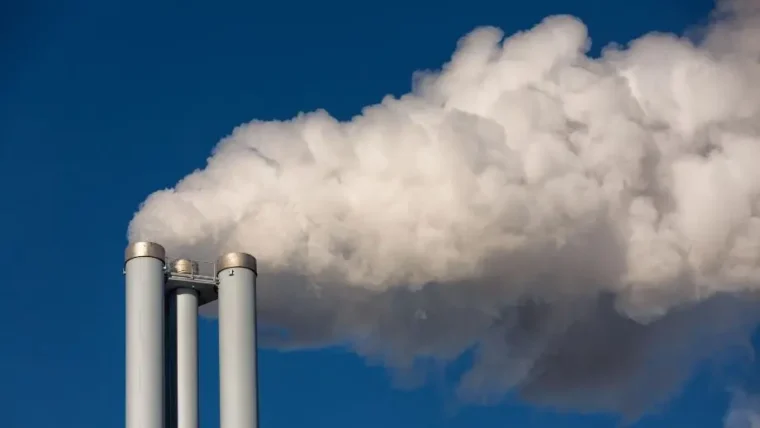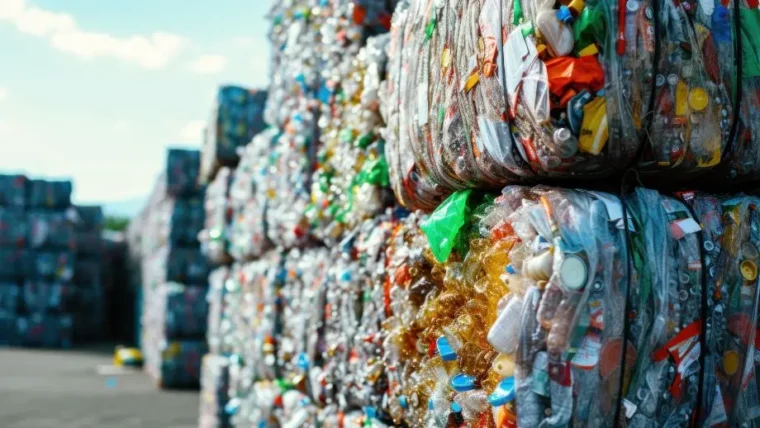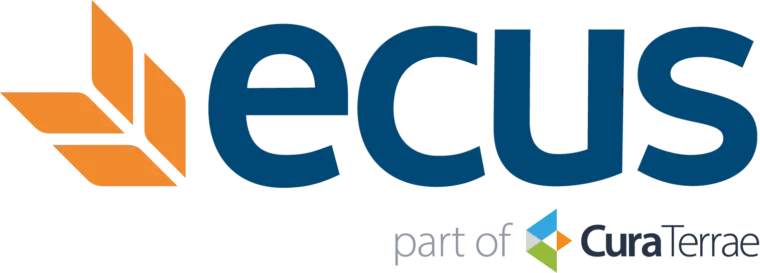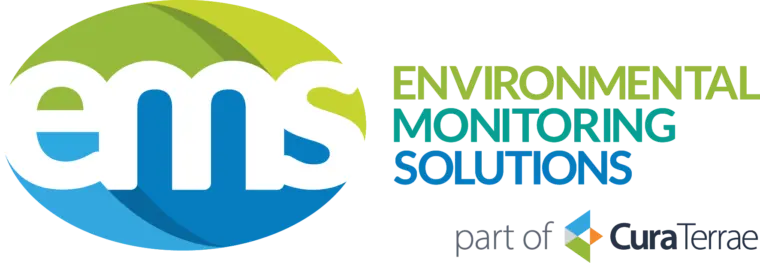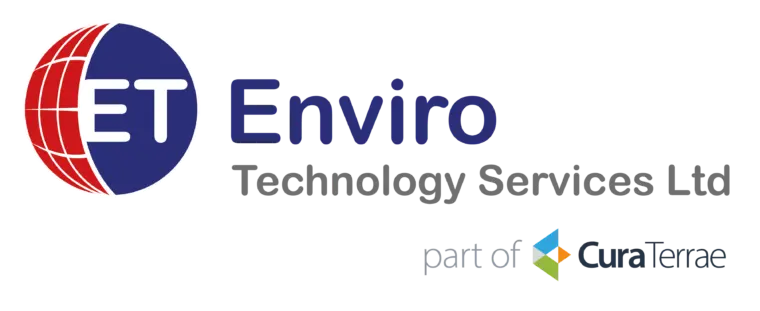Top 3 ways to reduce your effluent bills – Operating Efficiency
24 June 2015
If you have a trade effluent consent from your local water authority, you are allowed to discharge water resulting from your activities to the sewer and you will be charged based on what and how much you are discharging. But those charges are not set in stone, there are various things you can do to reduce those charges. Last month, we talked about how process optimisation can help to reduce your trade effluent bills. This month, we will focus on operating efficiency and next month, we will finish the series with regulatory performance.
One way to help make sure you remain in consent is continuous monitoring. Each site has unique monitoring requirements in terms of consent limits and what needs to be monitored and this needs to be considered when selecting equipment. You need to select equipment that will give you the data that is required. Usually, samples will be collected and tested for parameters including BOD (Biological Oxygen Demand), COD (Chemical Oxygen Demand) and suspended solids in addition to any other consent limits like oils and metals but you may also need to monitor pH or temperature. Monitoring itself may also be a requirement for the consent that will determine the type of equipment and how often samples must be taken. For example, some consents require water samples from the previous 24 hours to be available to the water authority at any time. You will need to consider whether your samples will need to be kept below a certain temperature, for example, in a refrigerated sampler to prevent bacterial deterioration and help to ensure accurate results.
It is also important to consider the type of effluent you have and the best type of monitoring equipment to monitor it. Different equipment is suitable for low and high flows and some equipment will not be suitable. For example, if you have high concentrations of fats, oils and greases in your effluent, a bubbler flow meter wouldn’t be suitable as it may get blocked, so an ultrasonic flow meter with a weir or flume may be more appropriate.
Having monitoring equipment is not going to ensure accurate measurements. Understanding your equipment and ensuring correct care, maintenance and cleaning is essential. Can you access your equipment easily? This will make maintenance much easier and also make sure you can take results accurately. Do you know where your equipment is? Often things like pH probes get forgotten about and this can mean they get dirty and fall into disrepair, preventing accurate results. Do your staff understand your kit? Are they trained to use and maintain the equipment properly? If not, is your kit maintained by an external company? Are they competent to carry out the work? It is very important that your equipment stays in good condition so it can continue to take accurate data and give you a good representation of what is being discharged from your site.
Getting accurate data from your monitoring equipment is essential billing, rather than relying on estimated data. You pay for what you discharge, so if you are being overcharged based on estimated bills, you can reduce your costs. You will also know immediately if you fall outside of your consent. This can highlight any process weaknesses or problems immediately so they can be dealt with quickly. This not only helps you meet your legal requirements, but also helps you to streamline your processes and become more efficient, leading to more cost savings. You can use your data to review your consent and see whether your agreed strengths are still relevant. Some consents were set up a long time ago and certain things may have changed since then. If they aren’t relevant, you can talk to your regulating water authority about reducing them.
Monitoring your effluent is a requirement of many consents. But making sure you get accurate data that you use effectively is what can lead to cost savings. Selecting the correct equipment suitable to your effluent and monitoring requirements is really important and once you have the equipment in place, understanding it and cleaning and maintaining it correctly is essential.


